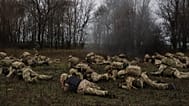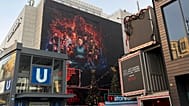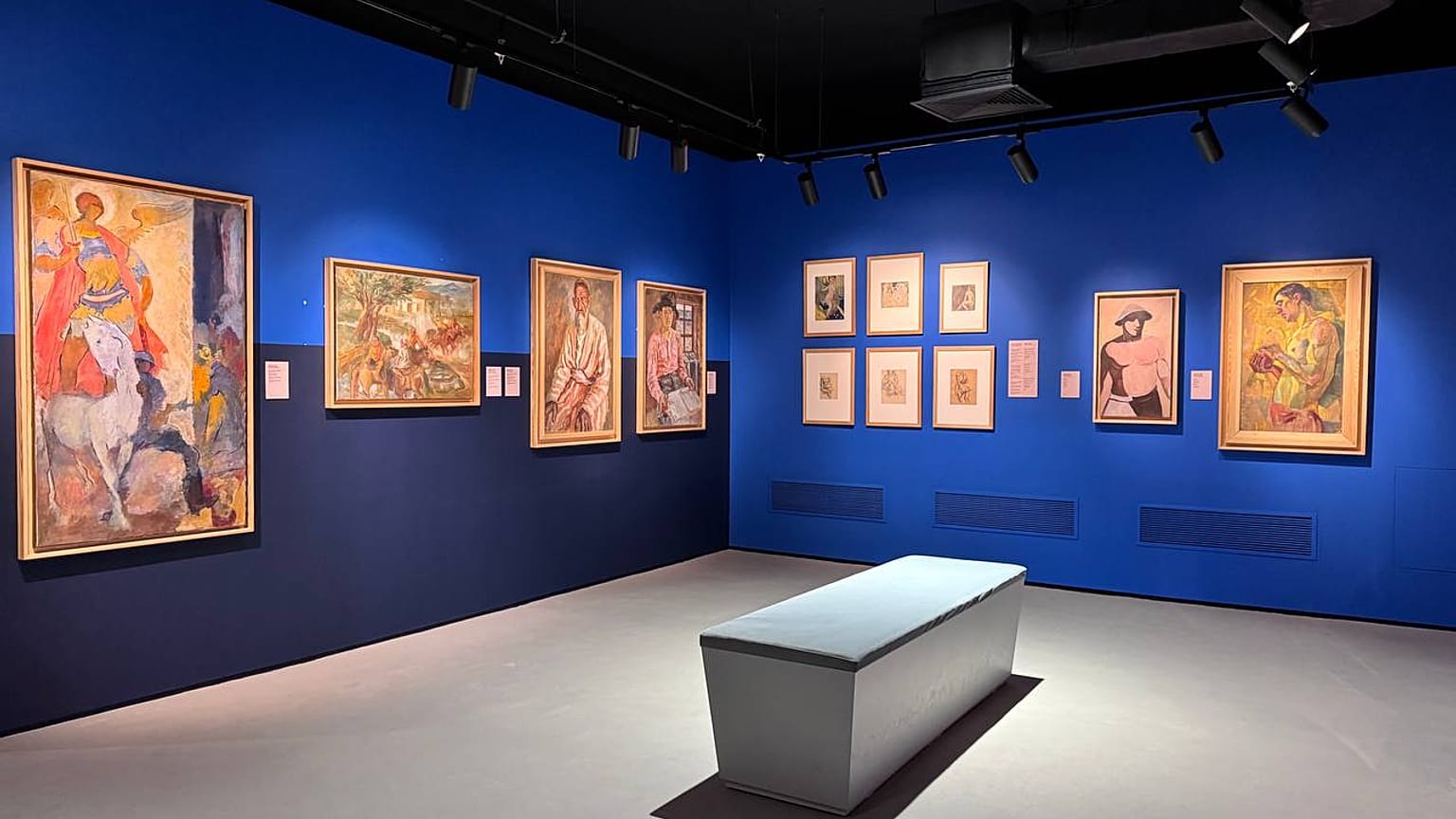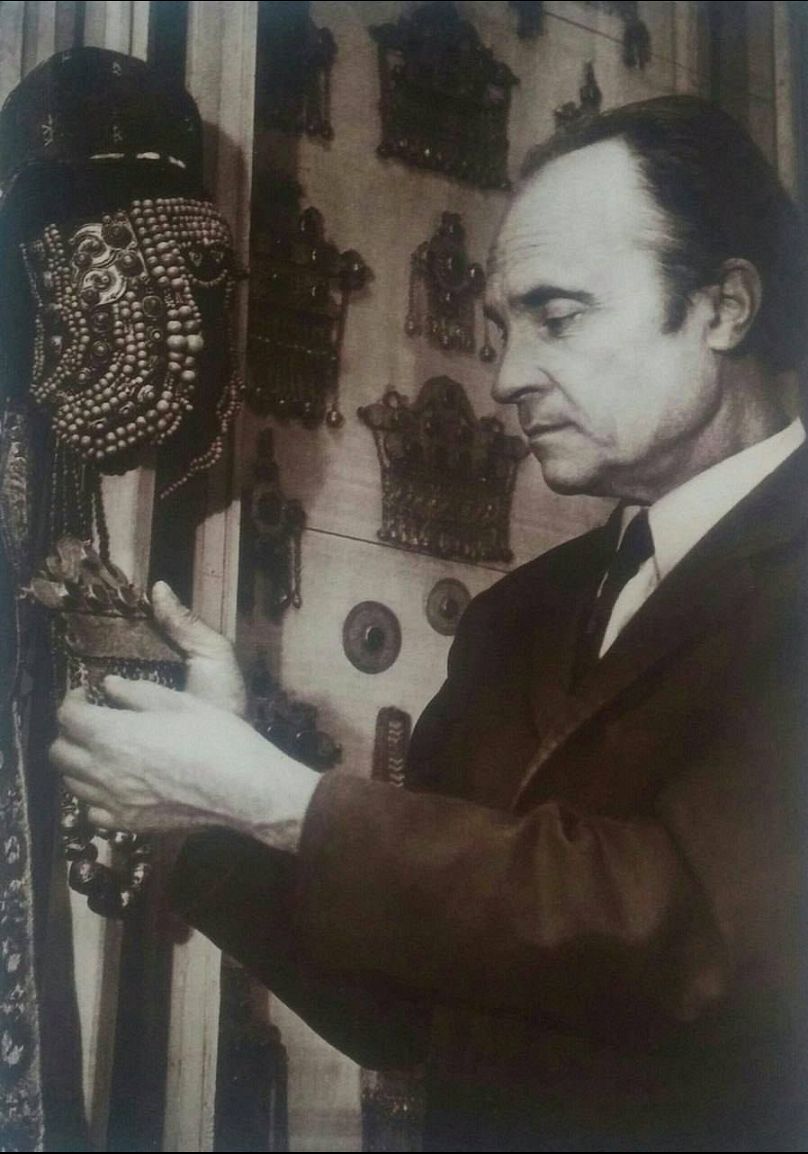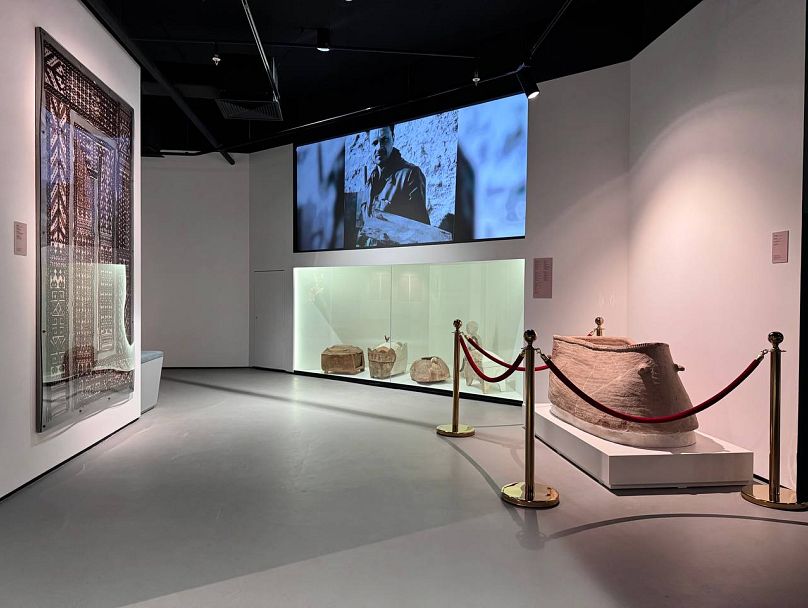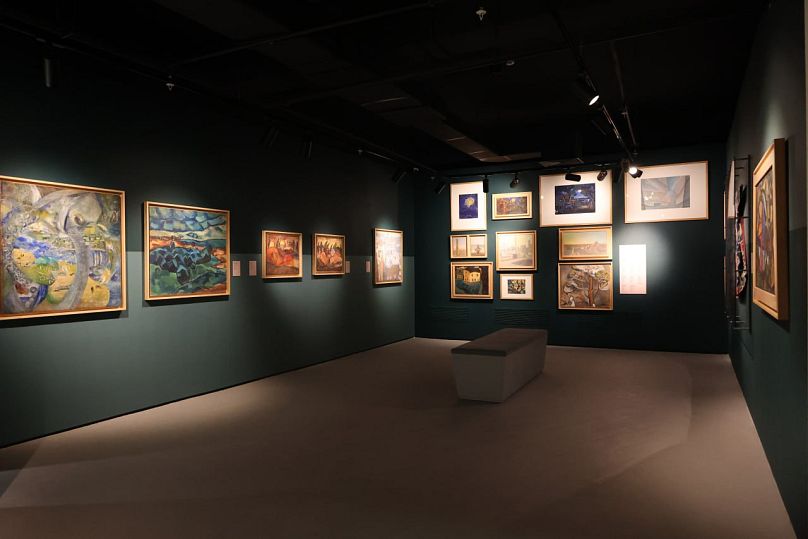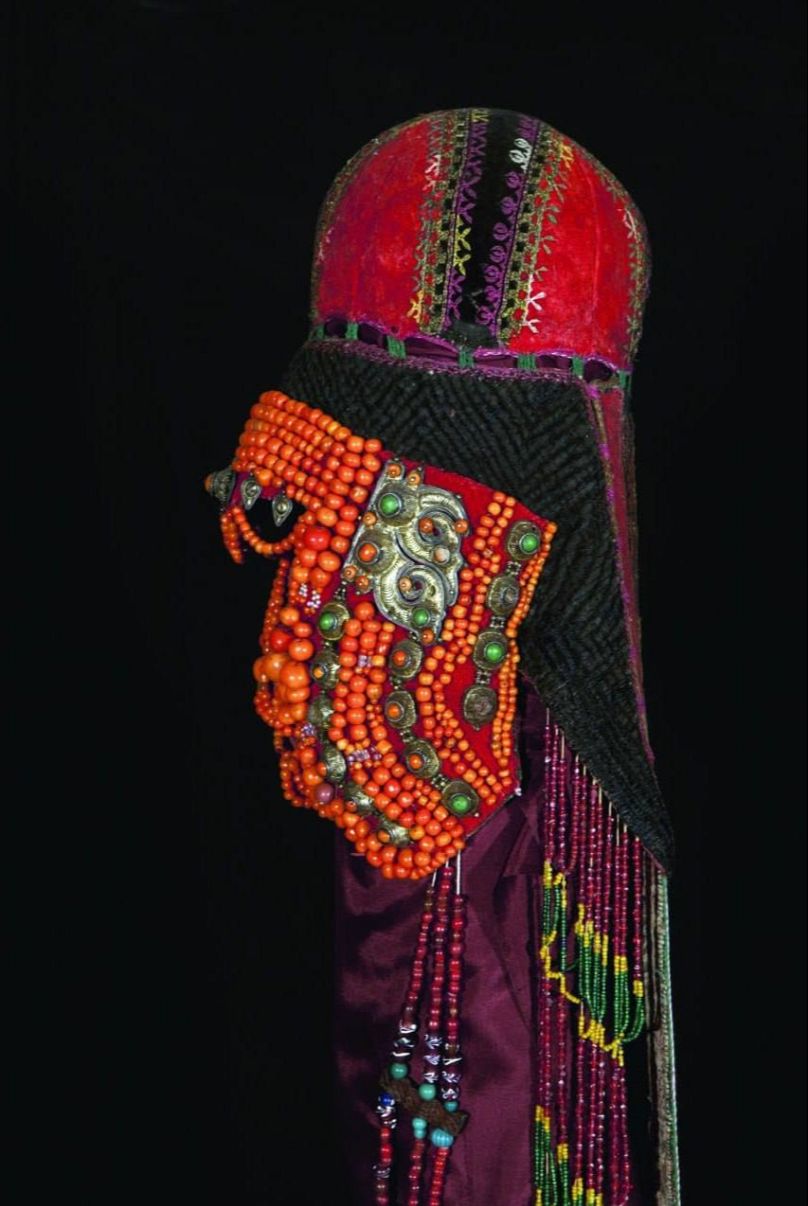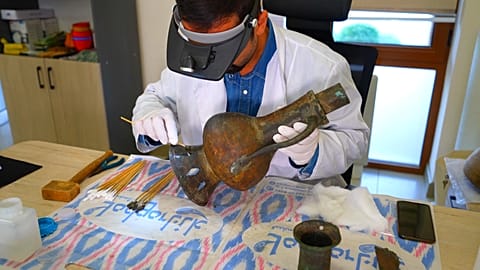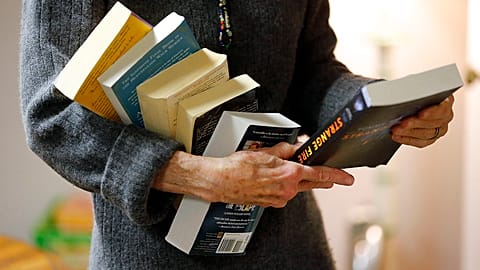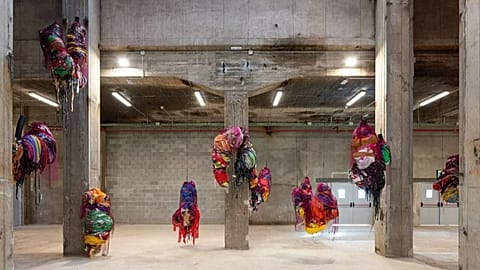Euronews Culture visits a museum in the middle of the desert that was founded in 1966 by Moscow artist, Igor Savitsky, who arrived in Karakalpakstan and fell in love with the region.
When you step inside the Savitsky Museum in Nukus, the capital of the Republic of Karakalpakstan — an autonomous region in northwestern Uzbekistan – the air itself seems to hum with history. Walls shimmer with bold strokes of Russian avant-garde art – works once forgotten, now glowing beneath the Karakalpak sun.
Beyond them, you enter another world: the spirit of ancient Khorezm, a historic region of Uzbekistan known for its desert fortresses and archaeological treasures. Here, the museum’s halls preserve echoes of that civilization through sculptures, ornaments, and images of everyday life that survived across millennia.
Light glides across carved wooden figures, embroidered garments, and traditional jewellery. Each piece reflects the colours and textures of Karakalpak culture – earthy, intricate, alive. In a single glance, you travel from the Bronze Age to the 20th century revolution of colour.
“Our museum was founded in 1966 by Moscow artist Igor Savitsky, who first came to Karakalpakstan in the 1950s as part of an ethnographic expedition,” says Aysultan Kurbanova, head of the marketing and tourism department at the State Museum of Arts. “Today, the Savitsky Museum ranks second in the world for its collection of Russian avant-garde art, right after the Russian Museum in Saint Petersburg. Its collection holds over 100,000 exhibits, more than 80,000 of which were gathered by Savitsky himself.”
A museum born from obsession
Savitsky – a Moscow artist turned collector fell in love with Karakalpakstan’s vast landscapes and rich traditions. What began as a modest effort to preserve local crafts evolved into one of the most remarkable art collections in the world. Over his lifetime, Savitsky gathered more than 80,000 pieces – from archaeological finds and folk textiles to paintings by banned or forgotten artists.
Today, the museum holds more than 100,000 exhibits, making it a cultural phenomenon at the crossroads of history and art.
From ancient fortresses to modernist dreams
The museum’s three main sections – Fine Arts, Folk and Applied Arts of Karakalpakstan, and Ancient Khorezm Art reveal the layered identity of this region within Uzbekistan’s wider cultural landscape.
In one hall, time itself feels suspended. Wooden sculptures, carved with the faces of mythic guardians, stand beside aged metal pitchers and embroidered fabrics that once belonged to nomadic families of Karakalpakstan. Their geometric patterns and rich colours, deep red, turquoise, and gold echo the desert’s palette outside the museum walls.
Across the room, fragments of ancient Khorezm tell a story of civilization that thrived in northwestern Uzbekistan long before our era. Scholar Sergey Tolstov, who led the famous Khorezm archaeological expeditions, once called this land “the Central Asian Egypt.” His words come alive here – in the shapes of weathered tools, fragments of pottery, and the quiet power of everyday objects that have survived for four thousand years.
Then the light shifts. The next gallery opens like a sunrise: walls filled with paintings from the early 20th century. Faces of women and farmers, landscapes of the steppe, scenes of daily life painted in radiant oranges, greens, and cobalt blues. These are the works of artists who dared to experiment, to find beauty in simplicity and emotion in colour.
Every painting here breathes with life, reflecting both the spirit of Karakalpakstan and the shared human urge to create. Side by side with ancient artifacts, they reveal how art connects centuries, cultures, and people.
From the desert to the world
Following Uzbekistan’s independence, the Savitsky Museum began a new chapter. Its exhibitions travelled to Germany, the Netherlands, and Italy, including large-scale shows in Florence and Venice that drew international acclaim.
The museum’s latest exhibitions – “Uzbekistan: Avant-Garde in the Desert” and “The World of Igor Savitsky” continue that tradition, presenting Uzbekistan’s modern identity through the lens of its cultural memory.
In 2024 alone, the museum welcomed over 50,000 visitors, including more than 11,000 from abroad. Many arrive knowing the nickname bestowed by The New York Times and The Guardian: “The Louvre in the Desert.”
The Savitsky Museum is a story of defiance, passion, and rediscovery. To walk through its halls is to witness how one man’s faith in beauty preserved an entire chapter of human creativity.
In the calm of Karakalpakstan’s desert, the museum stands as a reminder of how art and memory continue to shape this land.

